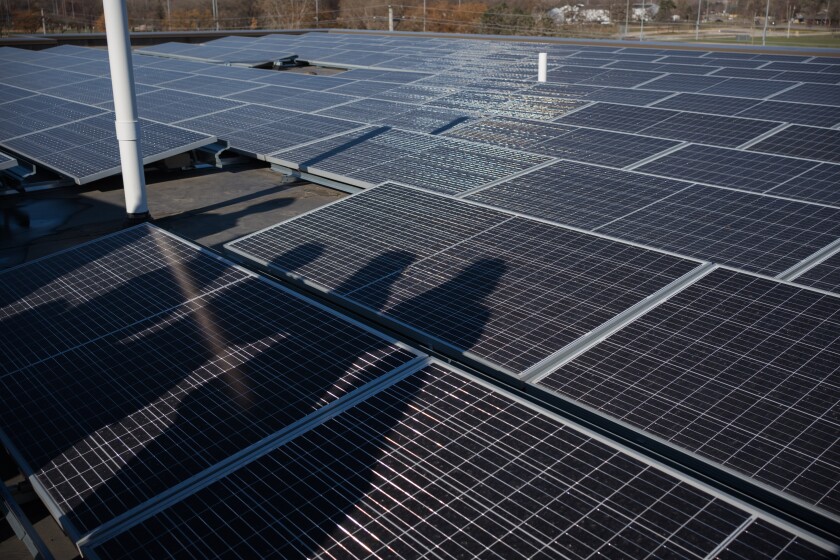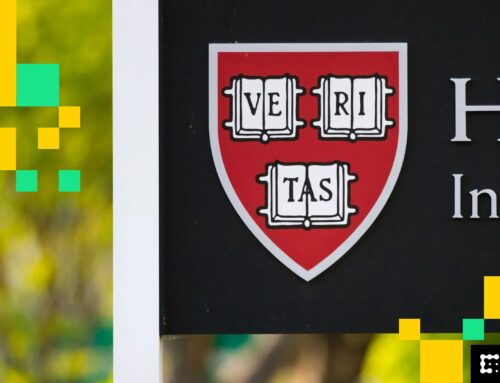Our View: RPU is right to heed customers’ green-energy wishes
October 4, 2025
When you go to the grocery store to pick up eggs, meat and fresh produce, it’s easy to distinguish between organic and non-organic products. The organic apples and strawberries are labeled as such, as are the free-range, organic eggs and ground beef. Organic products generally cost more, but a growing number of consumers are willing to pay a premium for food they deem as healthier, and perhaps tastier, than non-organics.
Renewable energy (some call it “green”) is a bit more complicated. Lights powered by electricity from a wind turbine shine exactly the same as those powered by a coal-fired plant. A television doesn’t differentiate between electricity from a solar panel or a natural gas-powered turbine. “Green” energy and non-green energy come into our homes via the same power grid, and at any given moment, most of us have no idea whether the electricity we use in our homes originated from the sun, wind or fossil fuels. Nor do we particularly care.
Or do we?
Rochester Public Utilities just did a very interesting survey of some of its customers, and while we don’t want to over-react to the results, they do have something to say about the future of renewable energy in southeastern Minnesota.
First, a bit of background. Six years ago, city leaders and RPU set an ambitious goal of providing 100% net renewable electricity by 2030 — 10 years sooner than the Minnesota’s statewide carbon-free mandate.

Joe Ahlquist / Post Bulletin
This doesn’t mean Rochester intended to entirely wean itself off of fossil fuels by 2030; rather, any natural gas used to produce electricity during periods of peak demand would be offset by renewable energy tax credits. And of course, many of us would continue to heat our homes with natural gas or propane long past 2030.
But still, the goal was ambitious. RPU wasn’t committing to building solar farms or putting up wind turbines, but it did expect to meet the city’s electrical needs by purchasing renewable energy — and thus promoting further investment in such energy.
Today, however, the tide has turned against wind and solar. During his first day in office, President Trump signed an executive order declaring a moratorium on new permits, new leases and renewals of leases for wind-energy projects. He has called both wind and solar power “the scam of the century,” and Energy Secretary Chris Wright has called solar panels “just a parasite” on the nation’s electrical grid. The so-called “One Big Beautiful Bill” significantly reduced incentives to build new solar and wind farms, or even to put solar panels on your home’s roof, while favoring increased production and use of fossil fuels.
In that environment, and with consumers facing soaring prices for a variety of goods and services, RPU recently asked its customers a fairly straightforward question: Do they want the utility company to keep pushing toward the all-green-by-2030 goal, or should RPU and the city back off on that objective in order to keep rates a bit lower?
We’re not much for making predictions, but if we’d dusted off our crystal ball for this survey, we’d have expected people to say “Save us money now, even if it’s just a few dollars per month. Green energy can wait.”
We would have been wrong. According to a written report by RPU General Manager Tim McCollough, RPU customers showed “strong support for the 100% renewable goal and a preference for a measured, phased approach that maintains reliability and reasonable rates.”
Perhaps we shouldn’t be surprised, because on a per-customer basis, keeping the 2030 goal won’t be an enormous sacrifice. RPU would need 6% rate increases in 2026 and 2027, which would add roughly $6 to the average resident’s monthly bill in 2026, plus another $6 in 2027. If RPU backed off from its green energy goals, bills would still increase by about $8 across that two-year span.
Four dollars per month isn’t big savings for a homeowner or apartment dweller, but to RPU, the higher rate increase would bring in an additional $10 million that could be used to lock in the renewable energy contracts it needs to achieve the 2030 targets.
We see a lot to like in this entire survey process.
Consumers typically feel rather powerless when it comes to their utility bills. Sure, there are public meetings and comment sessions, but seldom does a city and/or a power company seek this level of input from the people who actually pay. This survey was a great idea, and we encourage our civic leaders to employ such methods more often – especially on issues that affect people’s wallets.
Then there are the results of this survey, which tell us a lot about Rochester residents’ priorities. It’s one thing to buy an EV or a hybrid vehicle, which provides an immediate return on that investment through lower gasoline costs. It’s quite another to say, “I’ll pay more for electricity now, so that future generations will have reliable, affordable energy that doesn’t pollute the air or water.”
We don’t know what that future will actually look like. Perhaps rooftop solar panels will become commonplace on new homes in Rochester. Perhaps someday people waiting for an appointment on the 15th floor of the Gonda Building will see wind turbines spinning on the eastern edge of Rochester.
Perhaps neither of those things will happen. It’s possible that the renewable energy that lights up Rochester in 2030 will come from a solar farm in Iowa, or wind turbines near Worthington. Time will tell.
Regardless, we’re glad that Rochester residents seem willing to look toward the future of energy, rather than preferring to save a few dollars by clinging to the coal-powered past.
Search
RECENT PRESS RELEASES
Related Post




